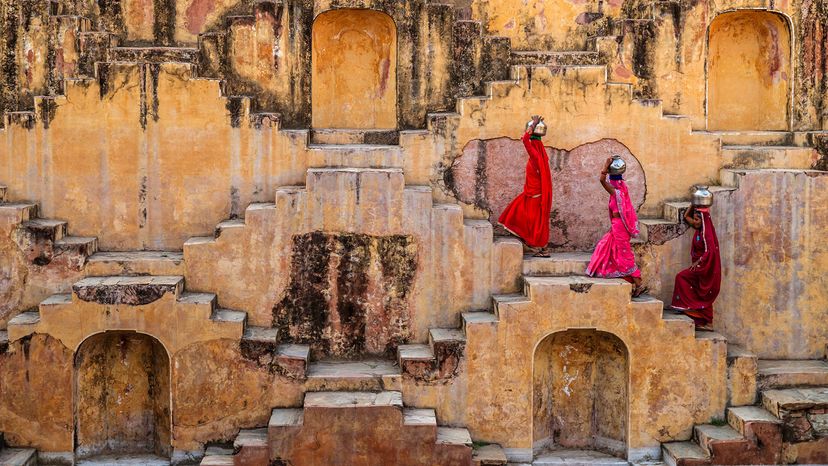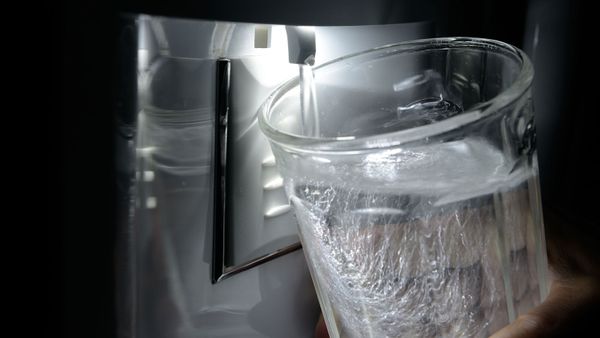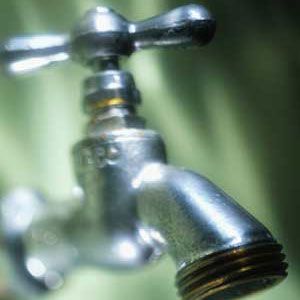
Key Takeaways
- Well water comes from underground. Many Americans, particularly those in rural areas, access their freshwater supply through wells.
- While many consider well water good-tasting and potentially cost-saving over municipal water, it requires regular maintenance and testing to ensure safety and quality. Unlike public water systems, the EPA does not regulate well water.
- Key considerations for well water include the potential for contamination, the cost of drilling and maintaining a well and the need for regular testing for pollutants like bacteria, nitrates and other contaminants.
Drinking water is such a basic aspect of daily life that many of us don't bother to consider the source. But water quality varies wildly across the United States and around the world, and that, in turn, can affect the quality of life.
Nearly 300 million Americans rely on public water sources. About 13 to 15 million, however, use private wells instead, according to the Environmental Protection Agency. Many are in rural areas, where homes often can't tap into municipal water systems because it's simply too expensive to expand the infrastructure.
Advertisement
Ambitious (and wealthy) homeowners may opt to spend the money to build that infrastructure themselves. But most choose instead to use private wells, which provide for all their freshwater needs. A pump system is installed to bring the water indoors.
Well water is fundamentally different, right down to where it comes from, how it tastes, and even the laws that apply to its quality and safety. Here are six things to know about well water.
Advertisement


